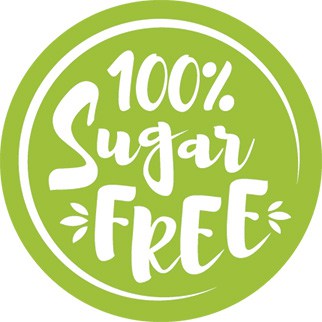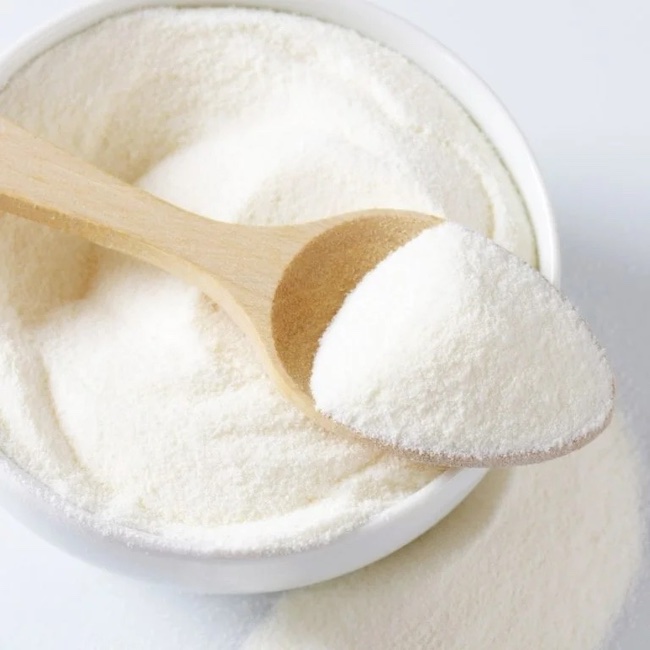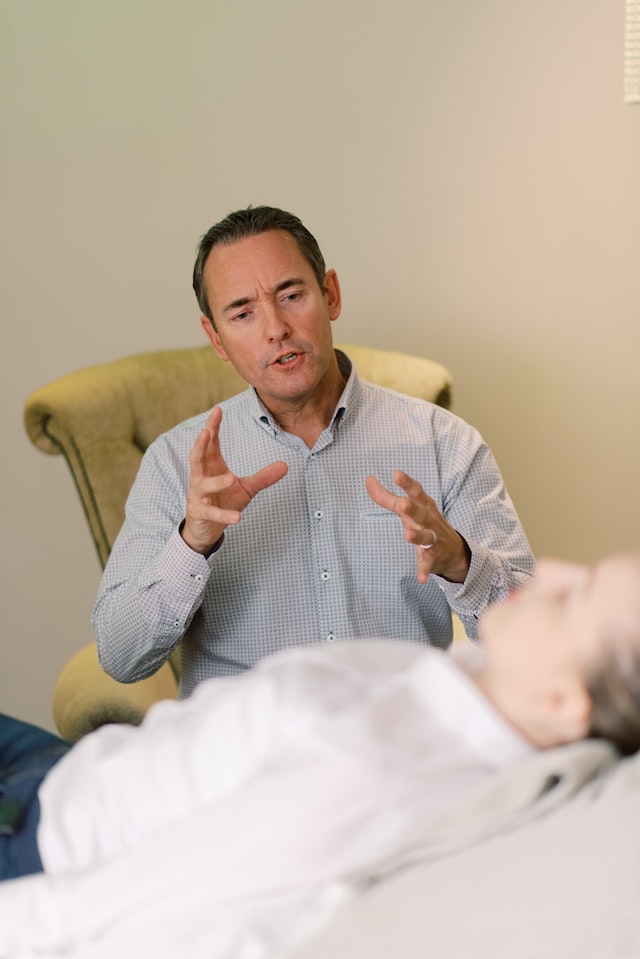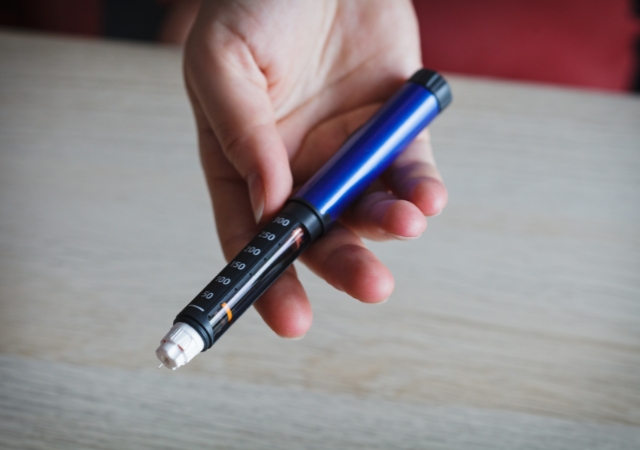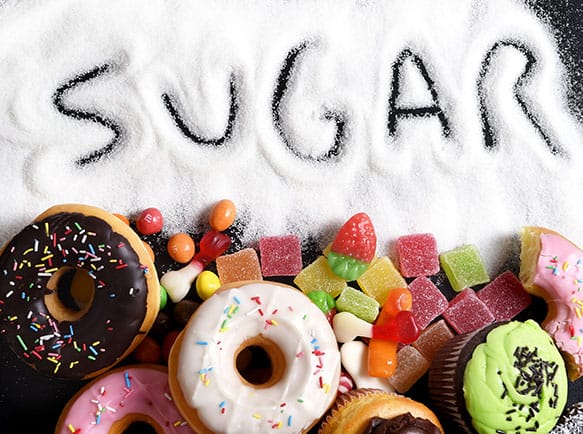
It’s easy to think that eating – or not eating – sugar is just a nutrition decision. But the decision reaches far. Sugar actually lowers our quality of life in a number of ways. Below are three.
Contents
Poor Health
Sugar can, and does, damage our health through its direct impact on the immune system.Diabetes, pre-diabetes, hypertension, high cholesterol, heart disease and overweight are typically attributed to fats (or salt), but sugar can be the culprit in all of them. Sugar triggers high levels of the hormone insulin. Some people are more sensitive to sugar and secrete extra-high levels of insulin when they eat it. In turn, high insulin can trigger the production of inflammatory substances in the body, such as cytokines and series 2 prostaglandins. Currently, inflammation is medically recognized as the root cause of most, if not all, disease.
Bigger Appetite
If you eat sugar, especially on a regular basis, you may notice your appetite increases. Sugar promotes release of beta-endorphin, which blocks the effect of the brain’s satiety center. Satiety makes us feel we’ve had enough food and don’t need more. The likely result is an increase in food consumption, whether for sugary foods or just more food in general. Appetite may feel out of control, and it starts with sugar.
Changing Food Preferences
Sugar will change food preferences. Eating an endorphin-triggering substance like sugar often prompts a desire for other endorphin-triggering foods: foods high in sugar, fat, or both. Healthful foods seem less appealing when sugar is a frequent part of the diet. Some of my clients are drawn to heavy, greasy foods whenever they use sugar. Similarly, every client I’ve ever had who hated vegetables was someone who ate sugar in fairly large quantities or frequently. These points may seem minor, but when you experience them on an ongoing basis — or rotate through them because life seems to revolve around the next sugar fix — your quality of life truly diminishes. Sugar lowers your quality of life in other ways, as well. Constant sugar cravings are one of them.
Sugar Cravings: Why We Have Them & How to Stop Them
A food craving is an intense urge or desire to eat a specific type of food. It’s not the same as hunger. We can crave a food, for example, right after a meal. One of the most common cravings is for sugary foods. Some people can indulge their sugar cravings without repercussions. For others, giving in repeatedly to cravings can undermine workouts or lead to health issues – weight gain, mood swings, diabetes, and more. In some cases, the information below on the origins of sugar cravings may differ from what you’ve read elsewhere. We’re typically told that sugar cravings result from low glucose, or emotions, or biological need. These explanations have some validity but leave much unexplained. Let’s look at some other possible reasons — real reasons — for sugar cravings.
Real Reason #1: Too Little Fat in Your Diet
Science journals refer to the Sugar/Fat Seesaw. As the name implies, it’s an inverse relationship in how much fat and sugar we eat. As one decreases in the diet, the other increases. Fats stabilize blood glucose and can help us control sugar cravings that way. But fats can help us eliminate sugar cravings for other reasons. When I was working on my Ph.D., no explanation for the sugar/fat seesaw existed in the science lit. In my dissertation, I offered a two-part explanation.
Part 1: When fat enters the small intestine, a hormone called CCK (cholecystokinin) is released. CCK reduces hunger, appetite and the desire for carbs.
A very low-fat diet is likely to lower CCK. With less CCK to reduce our intake of carbs and food in general, we want more. So low CCK from a low-fat diet contributes to a carb/fat seesaw. But how does sugar enter the picture?
Part 2: When we eat sugar, fat, or a combination, the brain releases beta-endorphin, a brain opioid. Animals become accustomed to a given level of brain opioids. When the fat in their diets is decreased, they have a reaction researchers describe as “withdrawal.”
My hypothesis was: if humans experience a similar reaction, sugar cravings may result from a diet that’s too low in fats and the CCK and beta-endorphin they trigger. The type of fat matters, too, but that’s another article!
Real Reason #2: Withdrawal
When habitual use of addictive substances is interrupted, an “abstinence syndrome” can result. That’s withdrawal, and it can cause sugar cravings. In someone who has recently stopped drinking alcohol, strong cravings for sugar can be frequent.
That’s because 3 key brain chemicals stimulated by alcohol are also stimulated by sugar. No wonder people in recovery from alcohol crave sugar and eat it often, or in large quantities, or both. Alcoholics Anonymous meetings often feature sugary back-of-room treats: cookies, brownies, cakes, pastries. If someone is addicted to sugar, quitting sugar can lead to cravings.
The effect may resemble symptoms of alcohol or opiate withdrawal (as research shows with lab animals made addicted to sugar) because sugar affects the same brain chemicals that are affected by alcohol and opiates. Research shows that the higher the level of intake prior to stopping, the greater the withdrawal and subsequent craving. Eating sugar when you crave alcohol or sugar can backfire, however, due to a phenomenon linked with internal triggers.
Real Reason #3: Triggers
External triggers involve seeing or smelling an appealing food. They may prompt the desire for that food.
Internal triggers involve eating a small amount of a trigger food, which makes us want more. In drug research, it’s called “priming” and results from a specific brain receptor for the chemical dopamine, the D1 receptor. Some people are more susceptible to priming than others.
Eating a bit of the food we crave is mainstream cravings “wisdom.” That can be terrible advice for sugar addicts, who are highly sensitive to priming. I consider priming the best argument against eating sugar when you crave it – it’s likely to start a binge. As sugar stimulates release of beta-endorphin, that in turn stimulates dopamine. When the D1 receptor binds with dopamine, folks who are susceptible to priming may crave more sugar. Priming can make it difficult for some people to quit sugar by “weaning” themselves off sugar slowly. Quitting sugar “cold turkey” is often the best way to go. Not everyone wants to hear that! It’s understandable. After years of sugar addiction, you’re reluctant to let it go. But decreasing sugar bit by bit can make it nearly impossible to quit because priming provokes the desire for more sugar. And a little bit can cause big cravings.
Real Reason #4: Stress
Okay, it’s mean, but when researchers want to stress mice, they pinch their tails. The first thing the mice do? Run to their food bowls and eat. Beta-endorphin is released in response to either pleasure or distress. And it increases appetite. Further, when the stressed mice have a choice between ordinary mouse chow and crumbled cookies, which do they choose? Yes, cookies. Release of beta-endorphin makes sugar (and fat) more appealing. Of course, people are more complex. Some are highly susceptible to beta-endorphin and react to any stress by eating. For others, short-term stress decreases appetite.
An important early morning presentation at work could bring on a stress-chemical cascade that leads to skipping breakfast. Once the presentation is done, a different hormone – cortisol – takes over and increases appetite. Lunch that day might make up for the skipped breakfast, and then some. In long-term stress, cortisol plays a prominent role and keeps stimulating appetite. It decreases serotonin, and that may cause anxiety or depression.
Negative moods can cause cravings, mostly for carbs – often junky ones like sugar. Low serotonin reduces satiety – especially for carbs – and also makes us more impulsive. That combination makes it more likely that we’ll eat the junky carbs we crave. Chronically high cortisol decreases two other brain chemicals: dopamine and norepinephrine. When serotonin, dopamine and norepinephrine drop, that leads to cravings, addictions, impulsive and compulsive behaviors — and a preference for carbs and sugars. Over time, cortisol decreases beta-endorphin. Chronically low beta-endorphin increases addictive or compulsive behaviors, including alcoholism, bulimia, binge eating, and more.
Reason #5: Problems with Serotonin
Serotonin is an important brain chemical that’s commonly known due to anti-depressant medications that have been on the market for years. Serotonin promotes relaxation, calm and satiety. It has profound effects on cravings, appetite, and food preferences. Serotonin disturbances may include depression, seasonal affective disorder (SAD), premenstrual syndrome (PMS), menopause, chronic alcohol use, or insulin resistance. Any of these can result in sugar cravings. When premenstrual serotonin levels drop, PMS may occur. That includes a long list of symptoms and signs: pain, anxiety, depression, irritability, mood swings, nervousness, angry outbursts, impulsivity, fatigue, fluid retention, bloating, weight gain, backache, cramps, headaches, joint pain, breast pain, insomnia, acne, increased appetite – and cravings, especially for sugar.
Poor diet can be a major reason that a woman might suffer from PMS. Women with PMS tend to have higher intakes of sugar, alcohol, white flour, salt, saturated fat, caffeine, and dairy products. Let’s focus on high sugar intake. Sugar increases the intensity of PMS symptoms. It increases breast tenderness, congestion and pain; abdominal bloating; and swelling of the face and extremities. Sugar also increases magnesium excretion, which in turn results in irritability, anxiety, depression, low brain-reward chemicals, and insomnia. Any of these symptoms can bring on sugar cravings in a self-perpetuating cycle.
- And Then There’s Insulin Resistance - Insulin resistance interferes with serotonin, provoking sugar cravings and even depression. Let’s see how this works. Insulin, a hormone produced by the pancreas, allows glucose to enter cells for metabolism. (It has other functions, too.) If someone becomes insulin resistant, cells no longer respond to insulin. The body’s first line of defense is to produce more insulin to continue processing glucose. This works until the production of insulin no longer outpaces the degree of resistance. (That’s an extremely oversimplified description of the onset of type 2 diabetes.) Along the way, high levels of insulin are likely to cause inflammation and the health issues described above: heart disease, hypertension, type 2 diabetes, and more. It’s not insulin resistance per se that causes these diseases, but the extra insulin that’s released to compensate when the body becomes resistant. High insulin brings on inflammatory hormones, as described earlier. We typically hear that overweight causes insulin resistance. That’s true, but not the whole picture. Insulin resistance can be caused by genetics or by lifestyle – lack of exercise and/or poor diet.
- What Does This Have to Do with Serotonin and Sugar Cravings? The primary site of insulin resistance is skeletal muscle. Insulin-resistant muscle doesn’t allow glucose to enter the cells. The glucose ends up being transported to fat cells, and cravings for carbs and/or sugar can result. A connection with depression and mood issues exists, too, leading to more cravings. As you recall from 7th grade biology (!), amino acids are the Building Blocks of Protein. Insulin transports amino acids to muscles, where they’re used for various functions: formation of blood, hormones and enzymes; wound healing; tissue repair; energy use; and many more. A top-priority use of amino acids is making specific brain chemicals. Tryptophan is the amino acid the brain uses to make serotonin. Insulin resistance interferes with tryptophan’s transport to the brain, lowering serotonin production. Low serotonin is linked with all of the above issues. And sugar cravings.
Reason #6: Too Little Protein in Your Diet
Eating too little protein can be a huge cause of sugar cravings. In my clinical experience, vegans (who eat no animal products) often have extremely strong cravings for carbs, and often for sugar. Vegetarians may experience this, as well. As you see, sugar cravings are linked with brain chemicals. Protein is made of amino acids that build the brain chemicals we need to stop sugar cravings. When those chemicals are at optimal levels, we think clearly, crave sugar less often, and resist cravings more easily. Further, protein is another nutrient (along with fat) that promotes release of CCK as it enters the small intestine. A low-protein diet can result in a drop in both CCK and key brain chemicals, leading to strong cravings for carbs, especially sugar.
Protein foods include poultry, fish, lean beef, lamb, pork, eggs, shellfish, cottage cheese, and plain Greek yogurt with 18-20 grams of protein per serving. If you’re vegan and crave sugar, it can help to eat some animal protein in whatever form you’re willing to eat it. Some vegan clients of mine who had severe sugar cravings were willing to eat eggs, fish or shrimp. Some were willing to eat high-protein yogurt. (Yogurt with about 20 grams of protein per serving is high-protein. Seven or eight grams will not be enough, especially if the yogurt is flavored, which means sweetened.) If you’re unwilling to eat any animal products, I recommend unsweetened vegetable protein powders.
No mistake: adequate protein is key to eliminating sugar cravings.
Some people eat nuts, thinking they’re protein, but nuts are primarily fats. Nuts are good to include in your diet, but you’d have to consume a lot of fat to get the small amount of protein they contain. In fact, some nuts have more carbohyrate than protein! Other foods that are considered protein (but aren’t) include peanut butter (mostly fat), cheese (mostly saturated fat), quinoa (mostly carb), and the almost-famous vegetarian beans-and-rice combo (extremely high carb). Those foods do contain a little protein, but never skimp on protein when you’re trying to end sugar cravings.
Sugar cravings are frequently to blame for diet failures, sugar addiction relapses, and more. I hope this information helps you understand cravings so you can finally quit sugar if you decide to do so. So how can you do that?
Tips and Strategies to Help You Quit Sugar
- Select your quitting day. It will take about 6 days to quit and feel the powerful effects.
- Stock your kitchen. Make sure you have plenty of protein, plenty of healthful fats, plenty of vegetables, plenty of healthful starches. Build your meals so each one includes all of them.
- Pre-cut the vegetables, so they’re accessible and convenient as snacks, as well as with meals.
- Get rid of any sugary foods you have in the house. Don’t tell yourself you’ll simply avoid them. If a sugar craving strikes, it will be too easy to eat them.
- Arm yourself with liquid B-complex. Liquid B-complex will stop a craving in a few minutes. Make sure you get complete B-complex, not a specific, individual B vitamin — in other words, not B12! (For some reason, it’s the most common mistake.) [Check with your doctor first to make sure B vitamins are okay for you to take.]
- Work out as usual, but not necessarily super-hard.
- Drink plenty of water in the days before you quit, during your Quitting Days, and beyond.
At least a few days ahead of quitting, start eating meals that include one food from each group in tip # 2. Continue doing that. On your quitting day, stop eating sugar. Use 1 teaspoon of liquid B-complex whenever you get a sugar craving, and give it a few minutes to take effect. B-complex supplies the brain with the B-vitamins that help in the formation of the brain chemicals that stop cravings. If you stick with this for 6 days, it will work. You’ll be past the hard part. Then the discipline starts as you stick with this type of eating long-term.
Wishing you great success with this! Share your stories us as well!
If you need help with quitting sugar, that’s what I do, and I’d love to help you. Just visit FoodAddictionSolutions.com Coaching and request your free Last Resort Nutrition® Craving-Crusher Consult! Find out how fantastic you’ll feel when you’re finally free of cravings and food compulsions.
TheDiabetesCouncil Article | Reviewed by Dr. Christine Traxler MD on May 20, 2020


